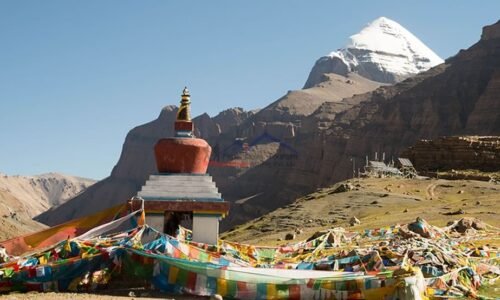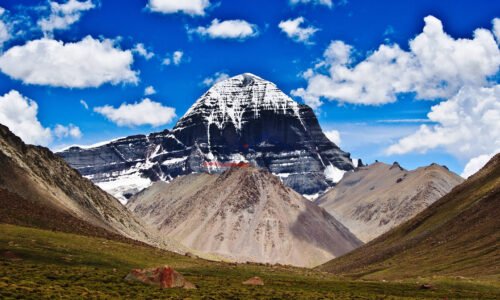Tibet
Tibet is a rich and beautiful land which is situated at the center of Qinghai-Tibet plateau, South-West boundary of China. Geographically, Tibet is divided into three major parts: the east, which is covered by the forest (approximately one-fourth of the land), the north, which is open grassland, where yak, sheep and nomads reside, and the south, which is the arable land. In the southern part of the Tibet lie all the major Tibetan cities and towns such as Lhasa, Shigatse, Gyantse and the like, hence, this part is known as the cultural center of Tibet.
Historically, Tibet can be traced out of its record from 7th Century and it can be divided into four periods: the Tsanpo’s Period, the period of decentralization, the period of Sakya, Pagudu, Karmapa’s rules, and the period of Gandan Podrang’s administration. Similarly, most of the people of Tibet live on farming and husbandry and the remaining populations, about 10%, live in town, earning their livings on handicraft, government sectors, factories and so forth.Basically, the best climate in Tibet is from April to November and it has a mild weather. The coldest periods are from December to February. The main Tibetan cultures include presenting Hada, proposing a toast and tea, greetings, sky burials, Tibetan Buddhism, and pilgrimage.
Furthermore, foods in Tibet vary in one place to another but the main foods include barley, wheat, red food or meat, and, white food or milk. The red food is suitable for winter season and the white for summer. In pastoral areas, mutton sausage and beef is preferred. The people in Tibet have fresh and light meal with common ingredients such as garlic, salt and onion. The hotels and motels are highly furnished and decorated in the Tibetan traditional styles. Hence, Tibet is the most beautiful land having its rugged places for adventurers and spiritual pilgrims. It is the land of many secrets and mysteries.


